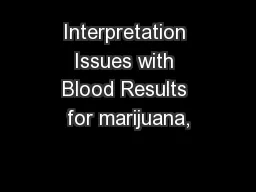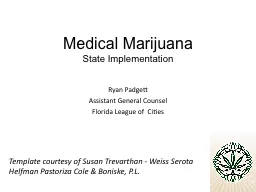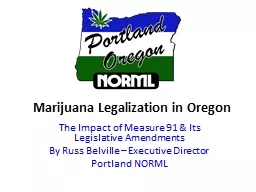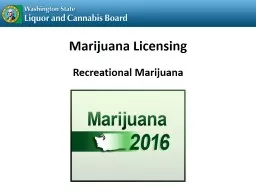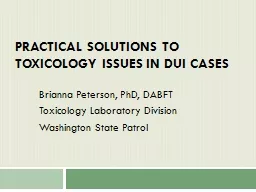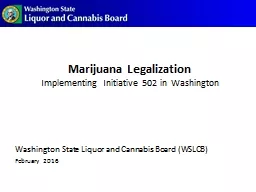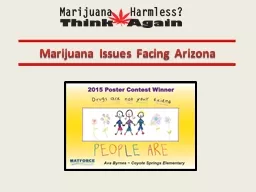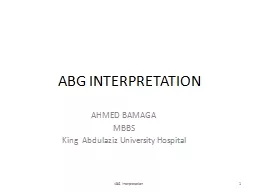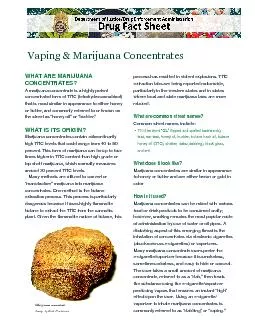PPT-Interpretation Issues with Blood Results for marijuana,
Author : lois-ondreau | Published Date : 2017-05-05
Bill Anderson PhD FABFT Issues to be Discussed What can toxicologists tell you about your results Cannabis Issues Opiates Issues Benzodiazepines Issues Designer
Presentation Embed Code
Download Presentation
Download Presentation The PPT/PDF document "Interpretation Issues with Blood Results..." is the property of its rightful owner. Permission is granted to download and print the materials on this website for personal, non-commercial use only, and to display it on your personal computer provided you do not modify the materials and that you retain all copyright notices contained in the materials. By downloading content from our website, you accept the terms of this agreement.
Interpretation Issues with Blood Results for marijuana,: Transcript
Download Rules Of Document
"Interpretation Issues with Blood Results for marijuana,"The content belongs to its owner. You may download and print it for personal use, without modification, and keep all copyright notices. By downloading, you agree to these terms.
Related Documents

